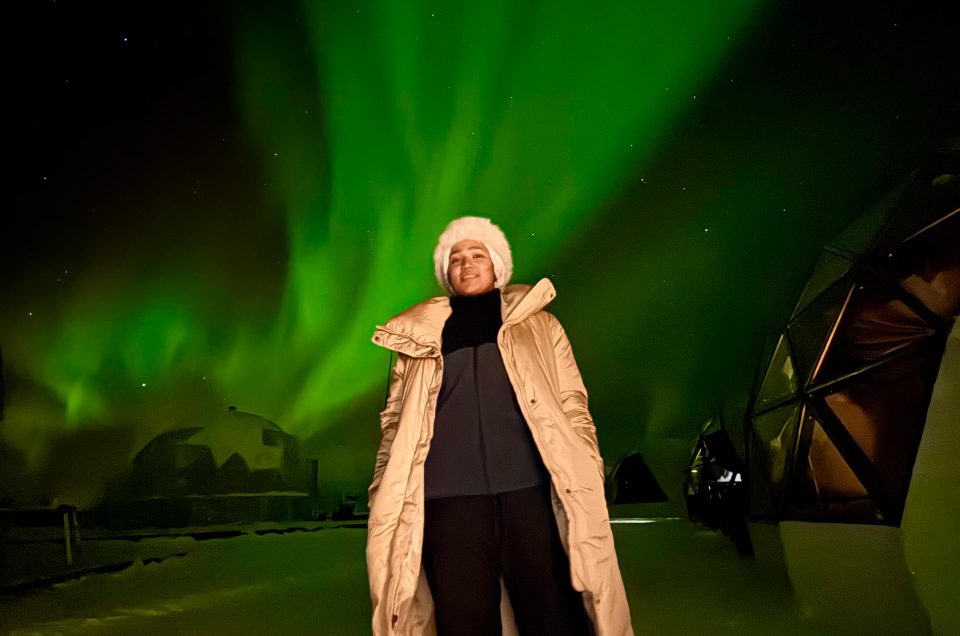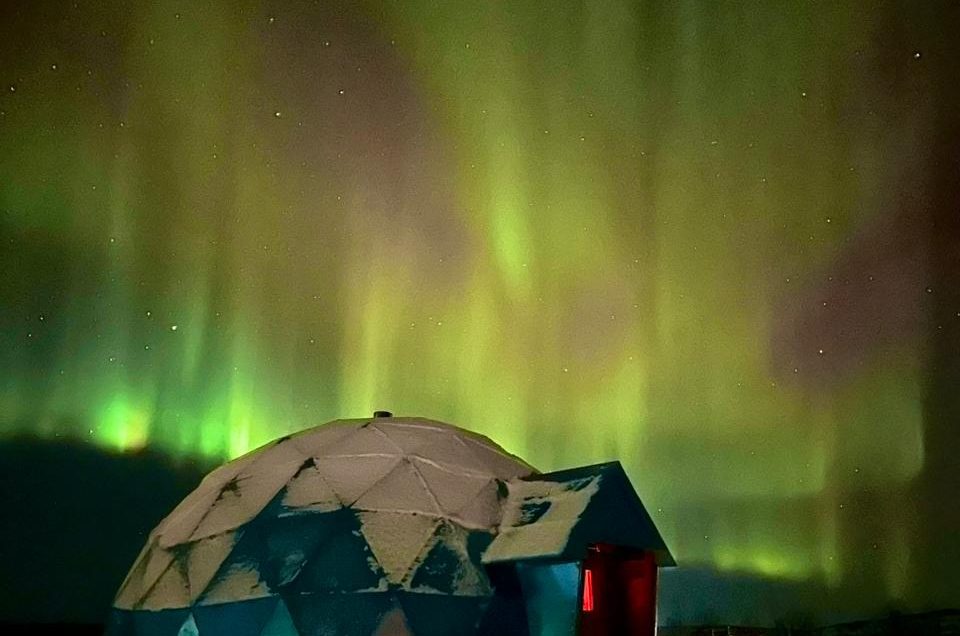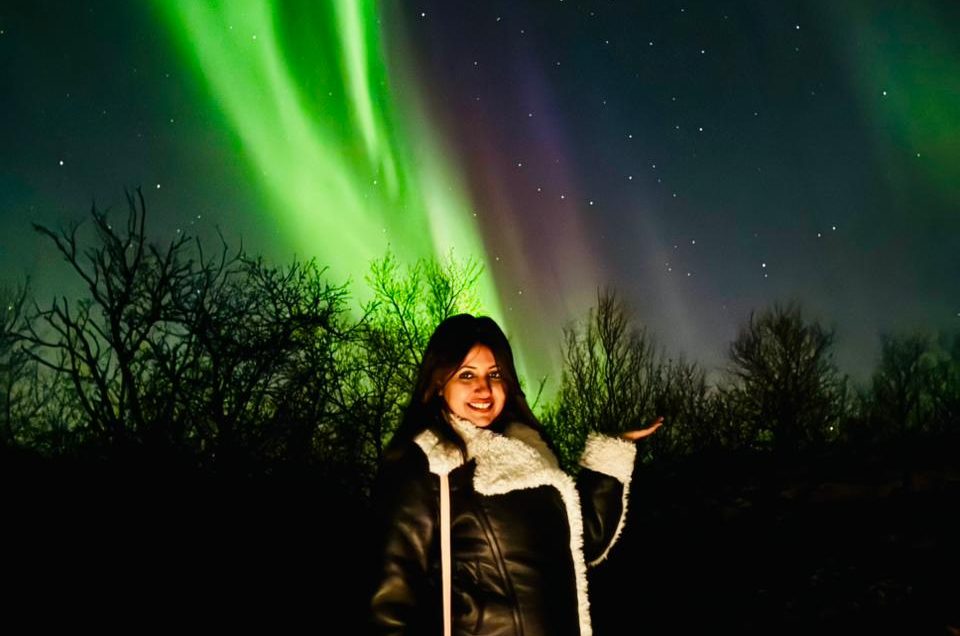Still waiting to tick the Northern Lights off your bucket list?
Here’s everything you need to know to plan your dream trip to see the Aurora Borealis in Russia in 2026.
What Are the Northern Lights?
The Northern Lights, or Aurora Borealis, are nature’s most magical light show. They occur when electrically charged particles from the sun collide with gases in Earth’s atmosphere, creating glowing waves of green, purple, and red across the night sky.
While destinations like Finland, Iceland, Norway, and Sweden are famous for Aurora chasing, there’s another hidden Arctic gem that offers an equally breath-taking—and more budget-friendly—experience: Murmansk in Russian Lapland.
Why Choose Murmansk for Aurora Watching?
Murmansk is the world’s largest city north of the Arctic Circle and one of the best places to see the Northern Lights in Russia. What makes it unique is:
- No visa hassle compared to many Nordic countries (check updated requirements).
- Budget-friendly tours and accommodations.
- Excellent chances of spotting Auroras right in the city or within a short drive.
You can reach Murmansk easily with direct flights and trains from Moscow and St. Petersburg.
Where to See the Northern Lights in Murmansk
Although the lights are often visible in the city itself, heading just 15–20 minutes outside Murmansk increases your chances of catching brighter and clearer Auroras.
Local guides usually decide the best direction based on the night’s forecast, with four popular routes:
- West towards Pechenga and Norwegian Kirkenes
- Southwest towards Verhnetulomsky
- South towards Olenegorsk
- East towards Teriberka (famous for its dramatic Arctic coastline)
For a truly magical experience, consider staying in glass igloos or cozy woodland cabins away from city lights.
Things to Do in Murmansk Beyond the Northern Lights
Your Aurora tour in Murmansk isn’t just about the night sky. During the day, you can:
- Try snowmobiling, Arctic floating, and reindeer sledding
- Visit traditional Sami villages and learn about indigenous culture
- Meet friendly huskies at a husky farm
- Taste authentic Russian Arctic cuisine
Best Time to See the Northern Lights in Murmansk
The Aurora season in Murmansk runs from October to March.
- October–November: Good for Auroras, but limited winter activities since snow is scarce.
- December: Excellent month, except late December–mid January, due to polar nights when the solar activity is low, hence less chances of spotting the northern lights. Christmas and New Year’s is also preferred by many due to holiday season, but solar activity is low during this time, which decreases the chances of catching the Aurora.
- January–March: Peak season for Aurora viewing and winter adventures, with heavy snow and longer nights.
👉 Pro tip: The darker the skies and the colder the nights, the better your chances!
What to Pack for Your Russia Aurora Tour
Winter in Russia is breath-taking, but also brutally cold. Murmansk temperatures range from –10°C to –20°C, and strong Arctic winds make it feel even colder. Packing smart is the key to enjoying your trip.
👉 Rule No. 1: Layer up! Layers trap heat and help you adjust to changing temperatures.
Essential packing list for Murmansk Northern Lights tours:
- Thermal base layers
- Warm sweaters, hoodies, and sweatshirts
- A thick windproof jacket or long insulated coat
- Wool hat, scarf, and warm gloves
- Waterproof boots + thermal socks
- Waterproof pants for snow activities
- Sunglasses (yes, snow glare is real!)
- Sunscreen and lip balm
- Basic medications and hand sanitizer
Final Thoughts
A Northern Lights trip to Murmansk, Russia is a once-in-a-lifetime adventure—more affordable than Scandinavia, with incredible Arctic activities to make your journey unforgettable. Whether you’re chasing Auroras in the wilderness, gliding on a reindeer sleigh, or staying in a glass igloo, Murmansk promises an authentic Arctic experience in 2026.So, are you ready to book your Aurora tour in Murmansk?




